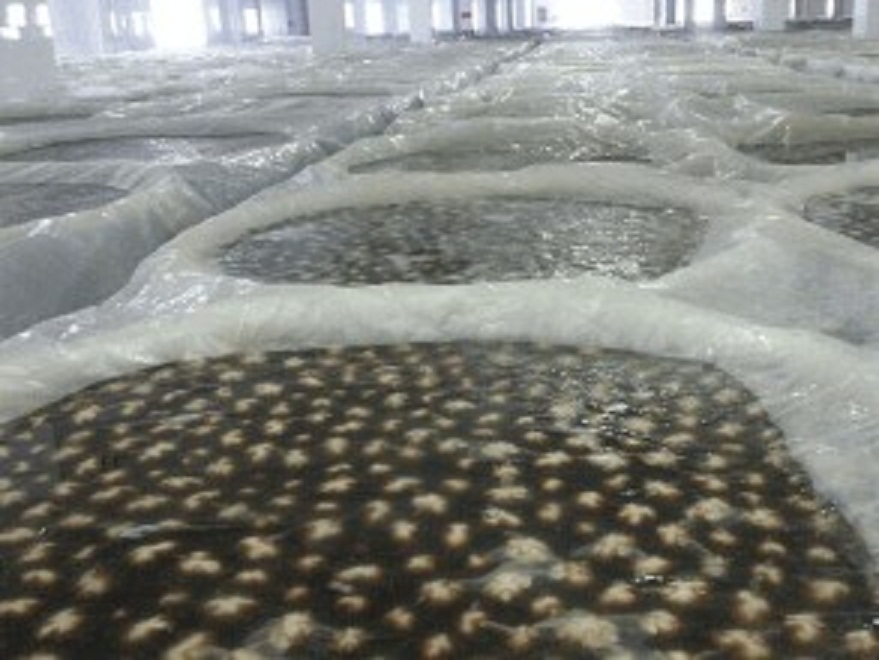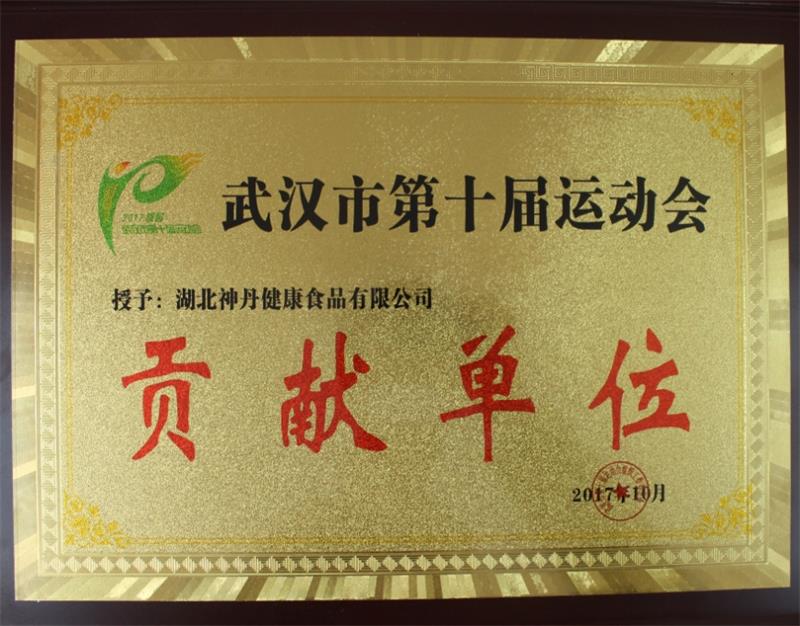Preserved eggs are traditional products of our country and are loved by people. However, a certain amount of lead oxide is generally added to the production of traditional preserved eggs, resulting in trace amounts of lead in the finished product. The accumulation of lead in the human body may cause chronic poisoning. Because it is traditionally wrapped in mud bran, it is time-consuming and laborious, and it affects the clean and beautiful appearance of preserved eggs. In 2008, Hubei Shendan took the lead in revising the national standard for preserved eggs and passed the approval of experts, and entered the era of lead-free preserved eggs. So let me introduce some of the practices of preserved eggs
1. Preparation of liquid material. Formula (based on 200 duck eggs): Soda ash 1.55kg, quick lime 4.4kg, table salt 0.77kg, black tea powder 50g, zinc chloride 28.4g, water 22kg. Mixing method: first put soda ash and black tea powder into the bottom of the tank, then pour the boiling water into the tank, stir it fully to dissolve it, and then add the quick lime in batches (note that the quick lime cannot be put in too much at a time to prevent the boiling water from splashing and hurting people) ), stirring after autolysis. Take a small amount of the upper layer solution in a mortar, add zinc chloride and grind it to dissolve it, then pour it into the feed solution, add table salt after 3-4 hours, and stir well. After 24-48 hours, stir well and remove the residue.
2. Inspection of raw eggs. Raw eggs should be fresh eggs of basically the same size, complete eggshell, and the same color. Wash and dry the selected eggs and set aside.
3. Packing and filling. First add a small amount of liquid to the bottom of the tank, put the qualified raw eggs into the tank, and place them horizontally, avoid standing upright, layer by layer, the top layer of eggs should be about 10cm away from the tank opening to seal the tank. After the eggs are loaded, put bamboo chips on the surface of the tank to prevent the eggs from floating when the filling liquid is filled. Then, the liquid cooled to below 20 ℃ is fully stirred and poured into the tank while stirring until the eggs are completely submerged by the liquid So far, cover the cylinder head.
4. Immersion management. First of all, we must master the indoor temperature, generally 18--25℃; secondly, we should check it regularly. Generally, it can be released within 25-35 days.
5. Out of the cylinder. Mature soaked preserved eggs need to be out of the tank in time to avoid "aging". Put the preserved eggs out of the tank into a bamboo basket, and rinse the dirt on the eggshell with the residue supernatant (do not use raw water).
6. Coating film. ① Coating preparation. Formula: liquid paraffin 30%, span 2.6%, Tween 3.9%, triethanolamine 3.5%, water 60%. Put the first three raw materials into the reaction pot according to the recipe, slowly heat and stir slowly to raise the temperature to 92°C, and then quickly pour triethanolamine into the reaction pot and heat it up to 95°C. Stir. After cooling to room temperature, the resulting white emulsion is a white oil quality coating. Pour 40% of the paint and 60% of the water into the container, mix well and use. ②Coating method. Immerse the egg to be coated in the coating liquid, immediately remove it, drain the excess coating liquid, put it in the egg basket, and then it can be put into storage or sold. The preserved eggs made by this method can be stored for half a year








